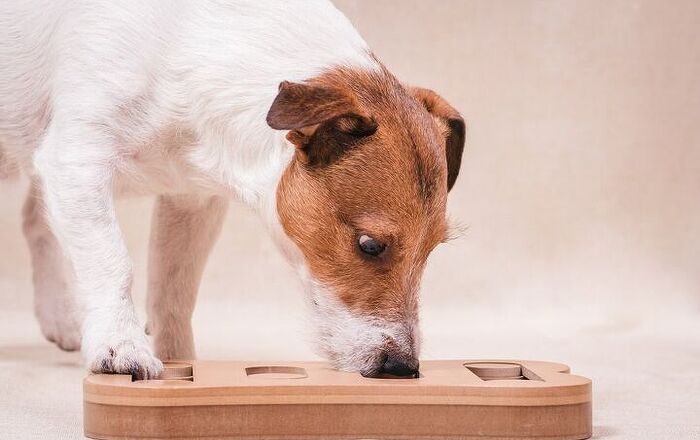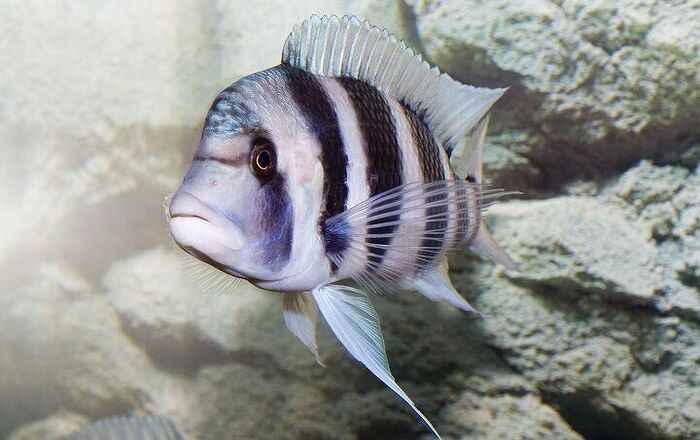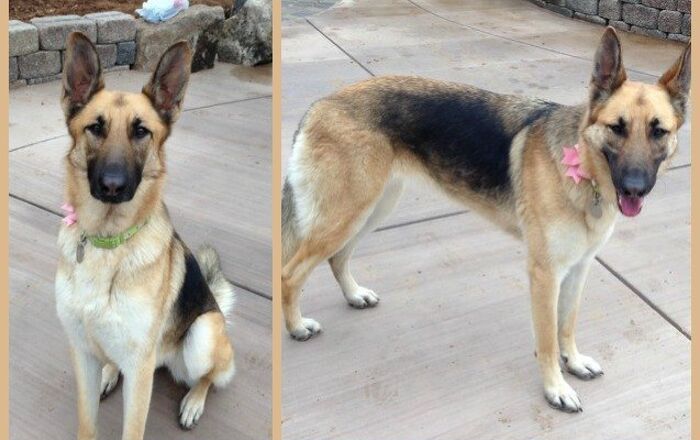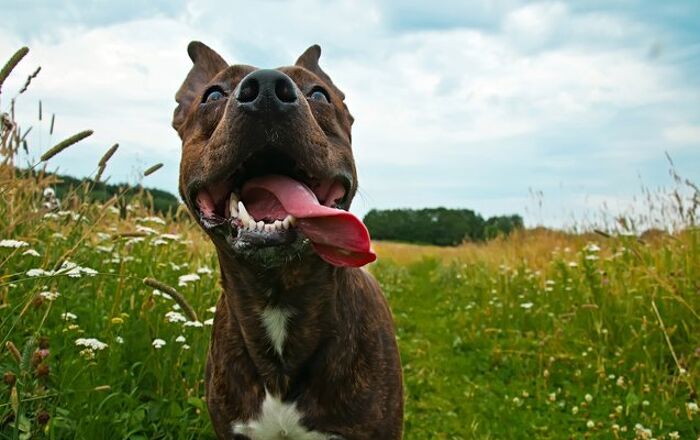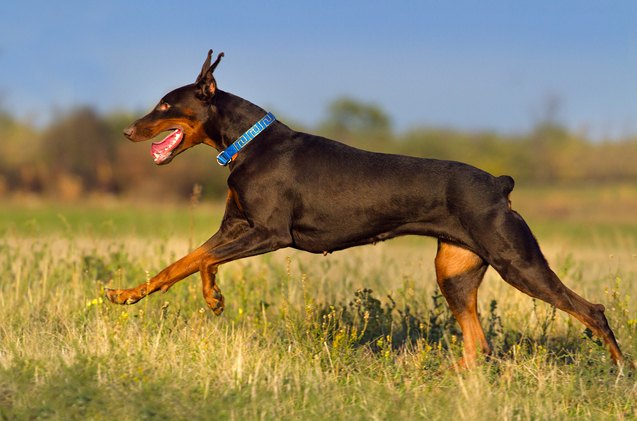
Is tail docking more about looks than practicality?
The practice of tail docking in dogs has been around for centuries and it has served a variety of purposes. In modern times, however, docking the tails of dogs is primarily done for cosmetic purposes which begs the question of its morality. Let’s go over the basics about tail docking in dogs including the history of the practice, its purpose and whether or not you should consider it for your dog.
History of Tail Docking
Tail docking in dogs involves the surgical removal of a portion of the dog’s tail. This practice can be done in one of two ways – by constricting blood flow to the tail using a ligature until the tail falls off or by surgically severing the tail. This practice has existed for thousands of years, first appearing during the time of the ancient Romans when it was believed that amputating a dog’s tail would prevent rabies. Later, a tax in the United Kingdom was levied on working dogs that had tails, so individuals started docking the tails of their dogs to avoid this tax. Other historical reasons for tail docking include the impressions that it might increase a dog’s speed, strengthen his back and give guard dogs a more ferocious appearance.
Related:Does Your Dog Have The Balls For Neuticles?
Reasons for Tail Docking in Dogs
In more modern times, tail docking continues to be a common practice. Working dogs, such as hunting and herding dogs, are at risk for collecting burs in their tails or for injuring the tail while moving through brush. For these reasons, tail docking may be considered practical or even necessary. In many cases, however, tail docking is done cosmetically to conform to breed standards – this is particularly common in cases of show dogs. Certain breed standards issue a fault for a non-docked tail, which perpetuates the practice for cosmetic rather than practical purposes.
Is it Harmful to Dogs?
Several dog breeds have genetically bobbed tails – that is, they are short and look as if they have been docked. This doesn’t mean, however, that the tail is a completely useless appendage. Dogs use their tails for balance and communication. Some breeds, such as the Labrador Retriever, even use them for swimming and other activities. In cases like this, a dog with a docked tail may be at a disadvantage when compared to non-docked dogs.
Related:What Your Dog Insurance Plan Covers
You also need to consider the morality of severing part of a dog’s body for cosmetic purposes. Many breeders and veterinarians perform tail docking procedures on puppies under two weeks old without any form of anesthesia. Opponents of tail docking use these examples to suggest that the procedure causes unnecessary pain and suffering for the dog. Certain studies have even suggested that dogs with docked tails grow up to be more aggressive, possibly because they are unable to transmit social cues through their tail and thus grow up to be more anti-social than they otherwise might.
Legality of Tail Docking
Though the practice of tail docking is unrestricted in the United States, many countries have begun to restrict the practice or ban it entirely. In both England and Wales, ear cropping is illegal and tail docking is banned except in a few working breeds – even then, the procedure must be carried out by a licensed veterinary surgeon. In fact, the Animal Welfare Act of 2006 made tail docking a criminal offence except in certain working dogs. Other countries in which tail docking is completely banned include Austria, Denmark, Finland, Greece, Iceland, Ireland, Norway, Poland, Sweden, Switzerland, Turkey and more. Other countries have similar laws to the U.K. stating that tail docking is only permissible in certain working breeds. Some of these countries include Spain, Portugal, Germany, New Zealand and Brazil.
What do you think about tail docking? Is your dog’s tail docked? We want to know what you think – leave your thoughts in the comment section below.


